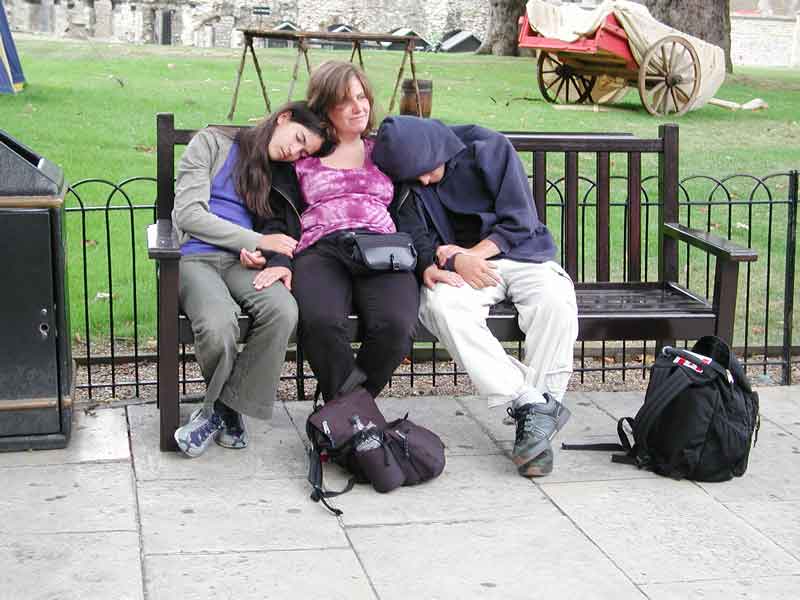
After flying all night, we went to the Tower of London, and had a small problem with jet-lag.

For the year 2000, the London Eye was built. It rotates once every 30 minutes, and doesn't normally stop, even to load and unload people. They are really concerned about security, and after each group exits a capsule, two people use mirrors mounted on little sticks to check under the seats and above the two hidden night-vision security cameras in the ceiling of each capsule.
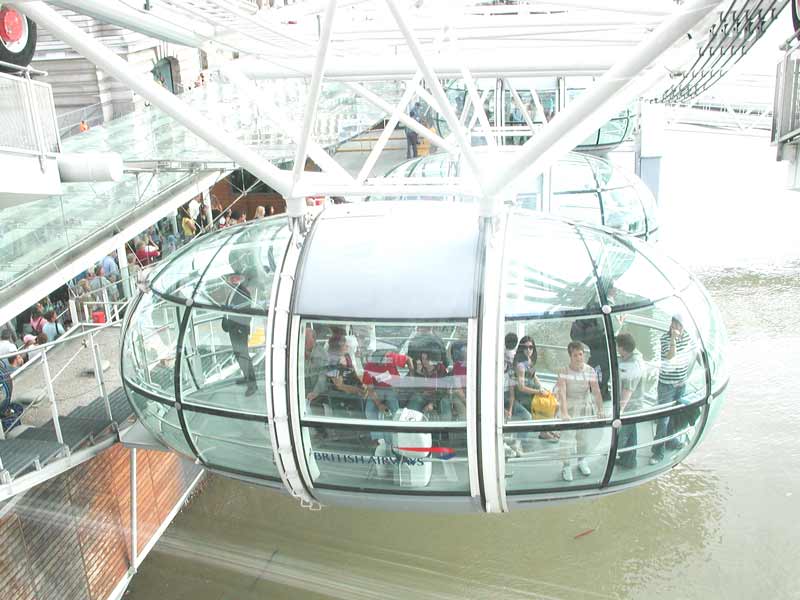
The 30 capsules each hold up to 25 people. The door closes, and you are completely enclosed. It looks like they forgot how hot it would get and the air conditioner (at the centre) seems to be an afterthought.
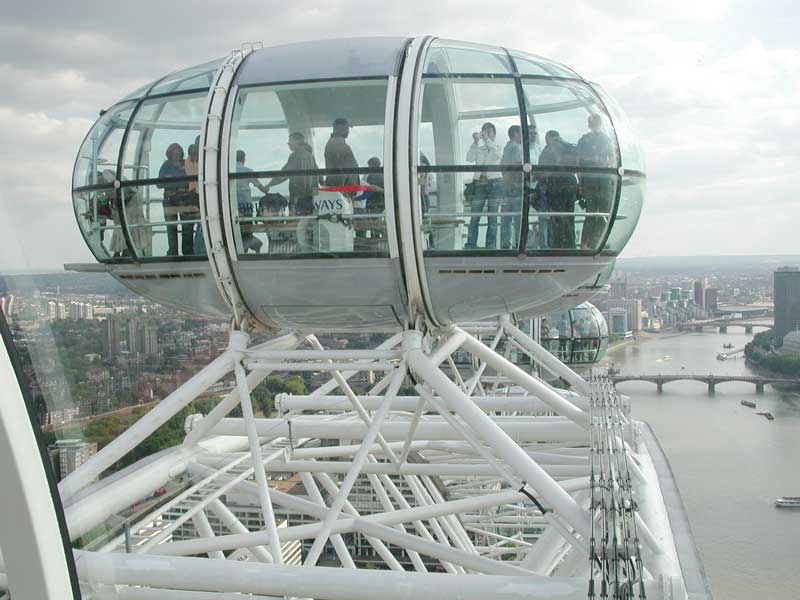
Here's the capsule adjacent to ours at the very top. Motors built-in to the base of the capsule rotates it within the huge rings so the capsule stays vertical as the main wheel rotates.
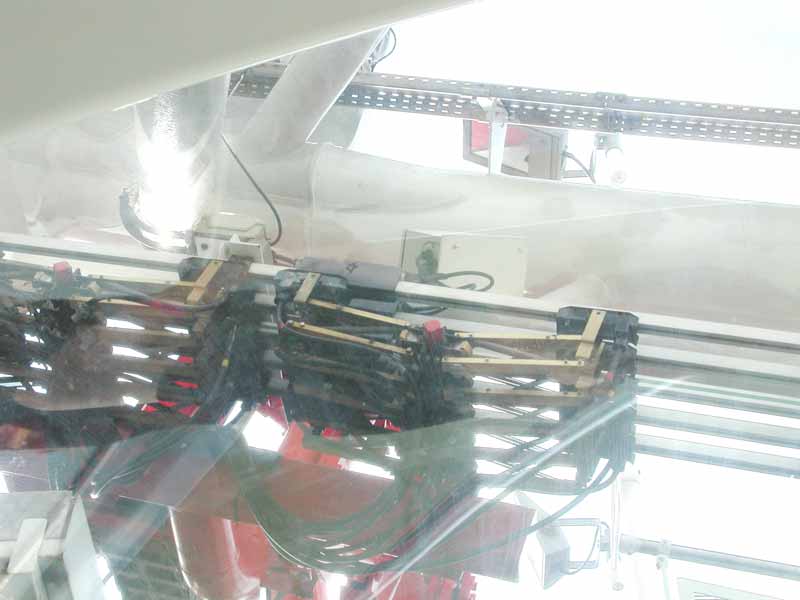
But a part I found interesting is how they connect power (and public address speaker, emergency intercom, and the camera video) to the moving capsules. Here are the slip-ring contactors for the main wheel (there are more for each capsule's connection to the main wheel).
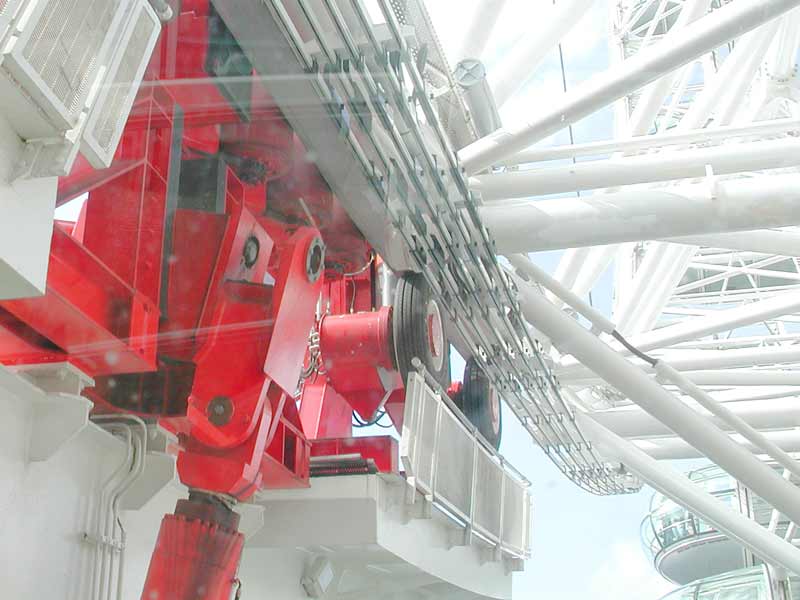
Here are the drive wheels that rotate the whole thing.
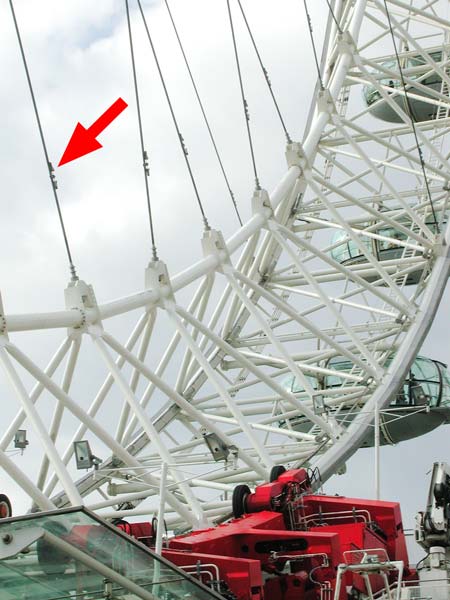
And did you notice the vibration dampers on each cable. I'm sure :) you've seen these on high-voltage transmission lines and wondered why they are there, both on the spokes for the wheel...
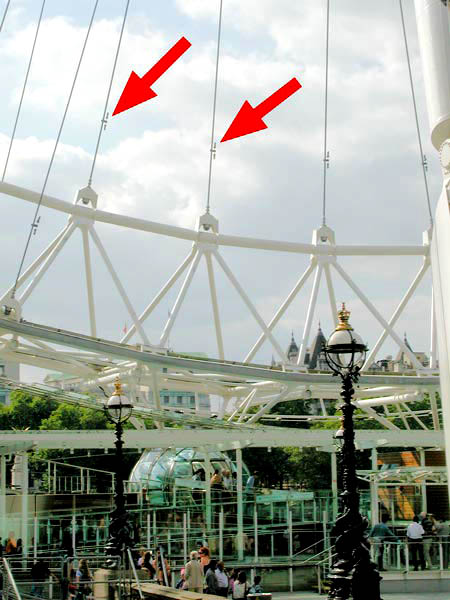
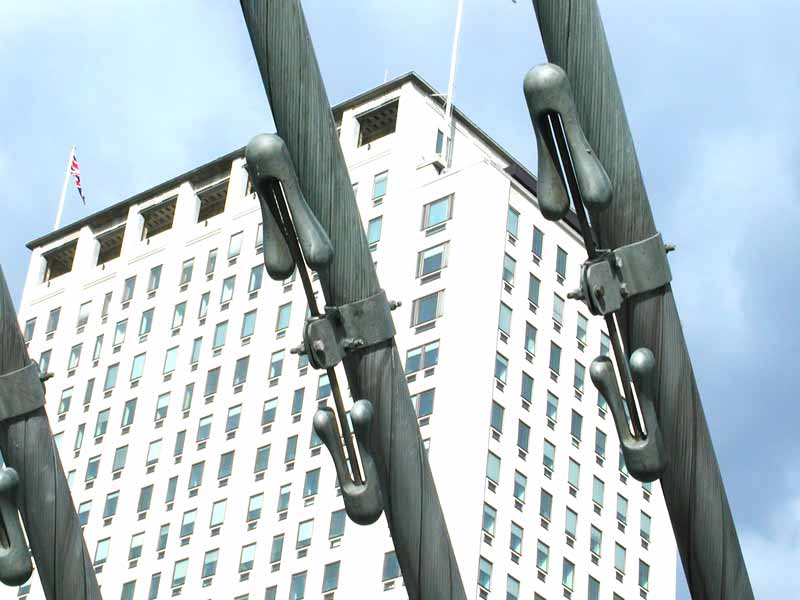
... and on the cables that support the wheel bearing. These reduce the cables vibrating in the wind (and are made by Preformed Line Products).
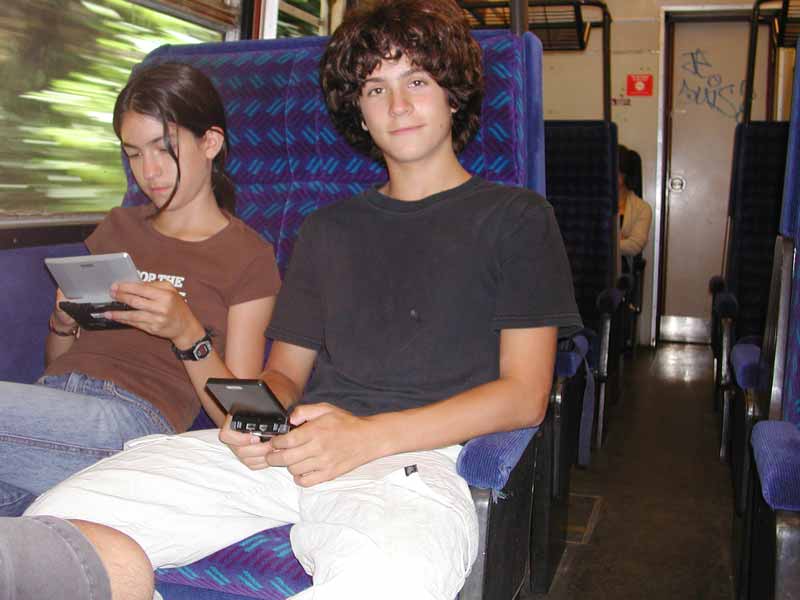
Then we went by train to Leeds Castle (which is not in Leeds).
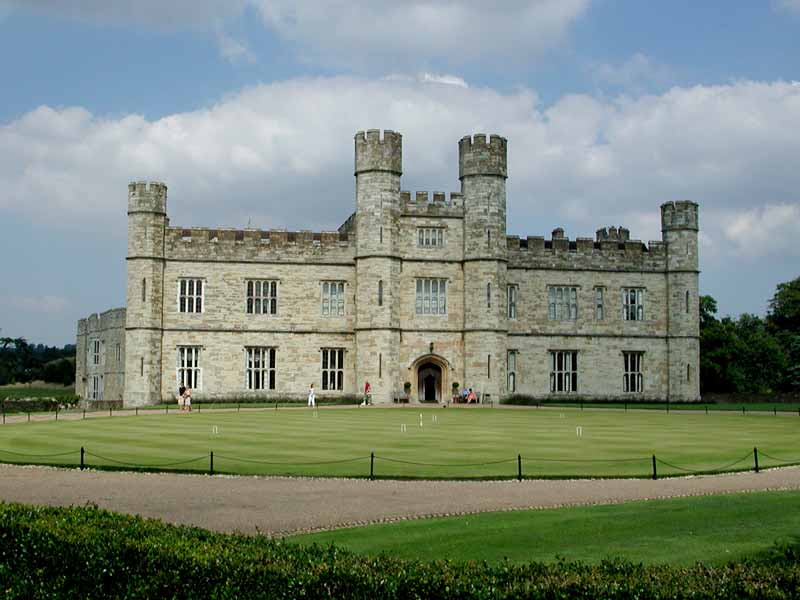
Yes, it is very pretty.

It has a maze, and when you get to the centre, there is an underground grotto.
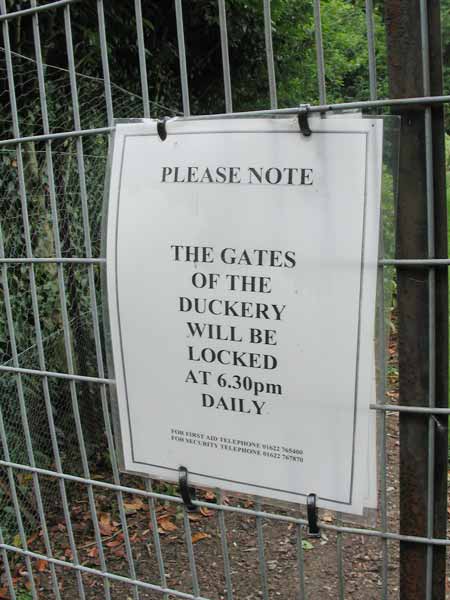
But the part I was impressed with is that they have a Duckery (lots of ducks in a pond).

And an aviary where they explain why birds don't fall off their perch when they sleep.
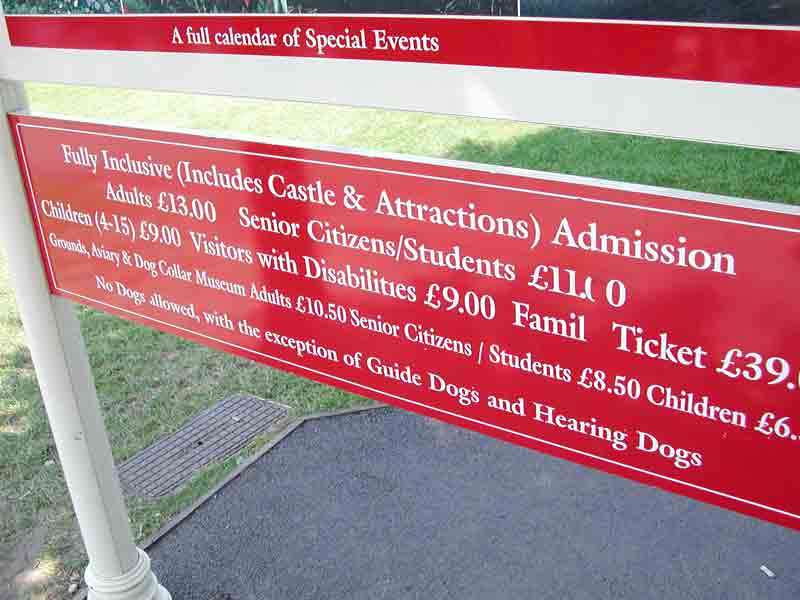
And they allow hearing dogs (I don't know what these do, perhaps they repeat everything loudly for their owners).

After we got back to London, we went to the British Museum. They have everything there, but most impressively, you can easily find enlightenment (it's just to the left). Strangely, it is in the opposite direction to the Americas exhibit.

The next day we went by train to Bletchley Park, which was secret until 1979, and is where enemy codes were cracked in World War 2. Thousands of people worked there, and one of the main tasks was to decipher the codes produced by the Enigma machine. While there are pictures of the machine itself all over the place, the core of the machine was the code wheels which changed one letter to another, by wiring 26 inputs to 26 different outputs. This is a view of the wiring which does that.

They also have exhibit called Pigeons at War, which documents the huge role pigeons have played for hundreds of years in wartime communications.
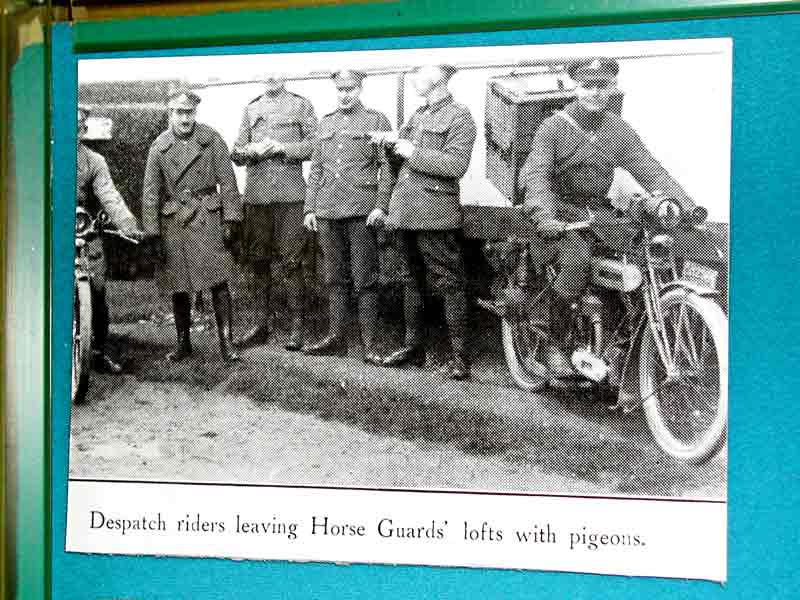
By sucessively releasing pigeons farther from their home, they are trained to return hundreds of miles back to a specific location. Ships and planes would all be equipped with a few pigeons which they could release in emergencies.
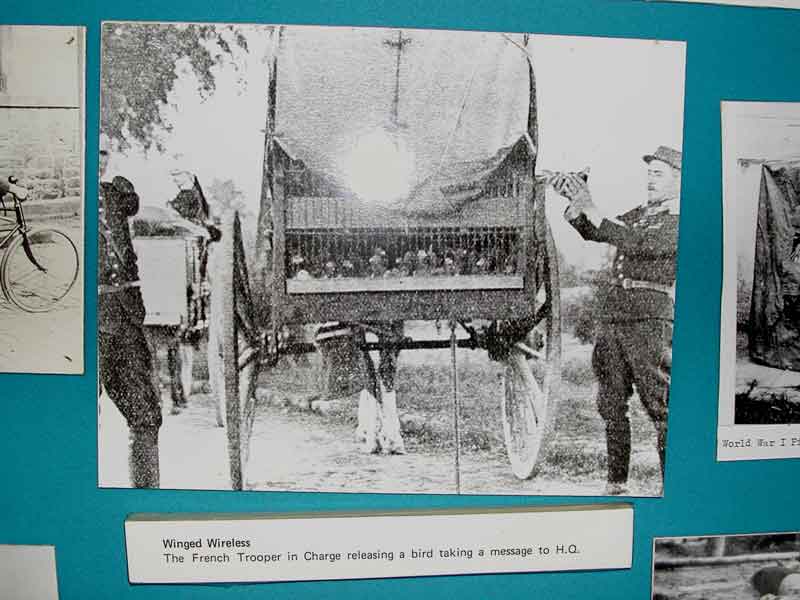
Feeding and transporting these pigeons was a part of war.
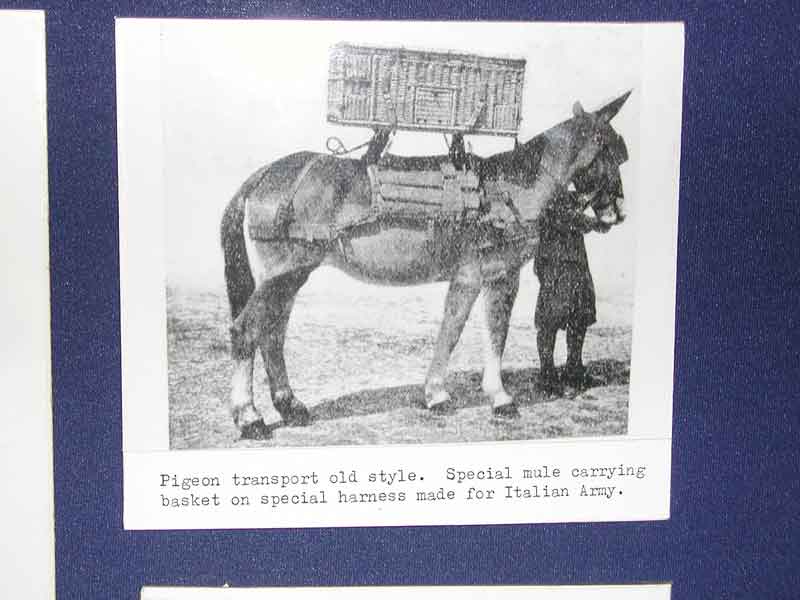
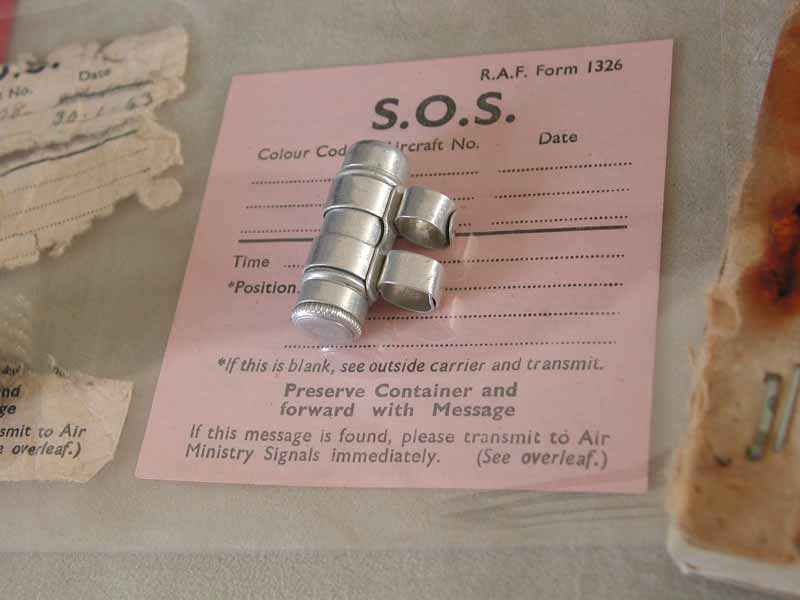
Hand-written messages or microfiche were carried in small canisters, or even inserted into the quill of the birdie's feather.
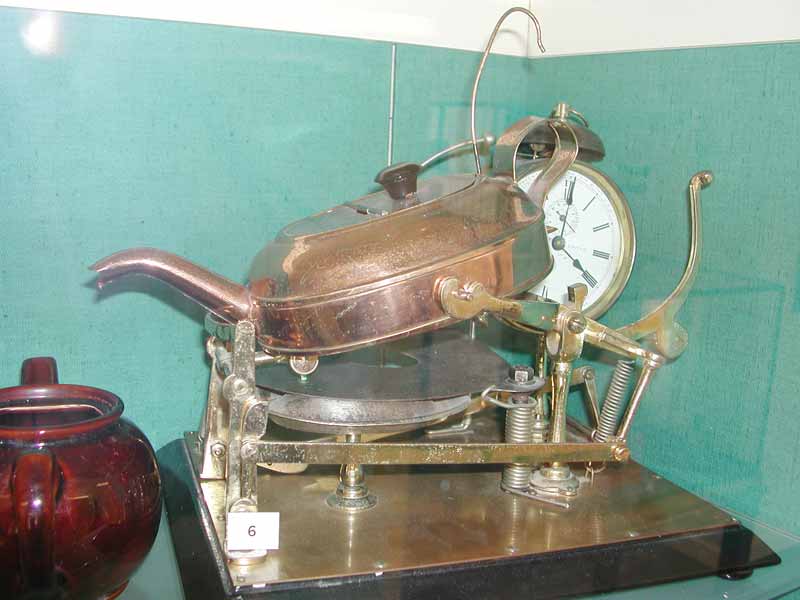
They also had a display of inventions. This one has a mechanical alarm clock, and at the preset time, strikes a match, lights a burner and boils water. It then automatically tips to make tea, and extinguishes the flame. This was patented in 1902. Like so many of us frustrated inventors, I'm sure the genius who conceived and invented this thought he would become rich and famous (or at least one of those). Sadly, I suspect the main thing inventors lack is the reality-check of whether the invention will just be an interesting curiosity.
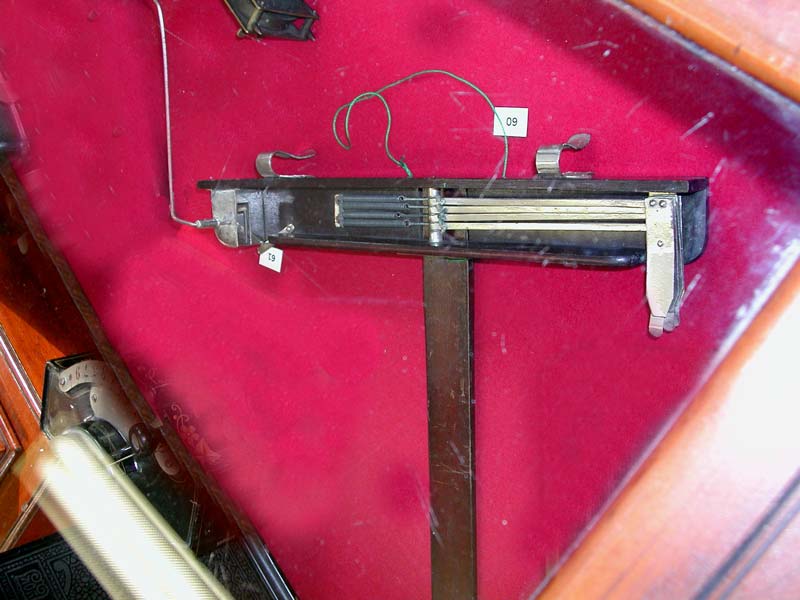
Here's another I'm sure the inventor couldn't believe didn't make him rich and famous. It turns the pages of a book, so a musician doesn't need a third hand to do this.
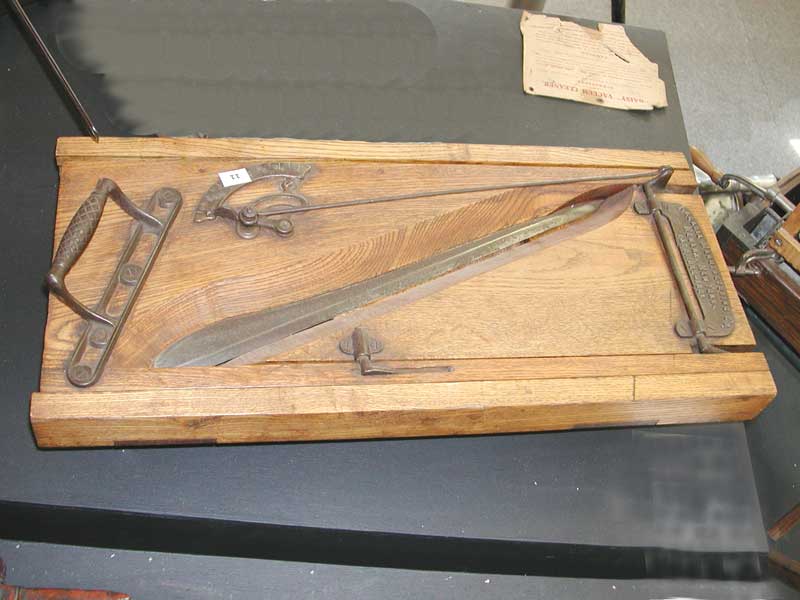
This is a 150-year-old bread slicer (I always thought that bread slicing machines were much more recent).
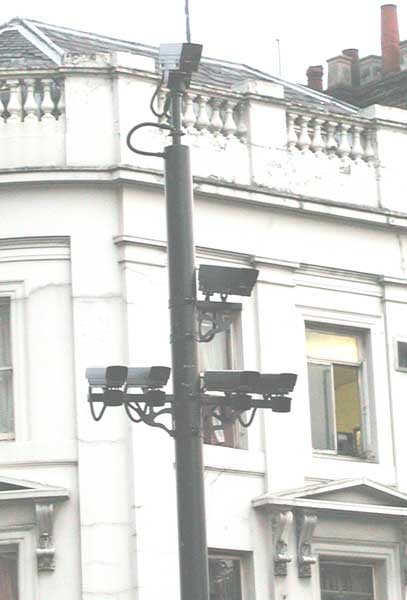
Originally because of IRA bombings, London has thousands of cameras in all public places (and still has no garbage cans in the subway because of this). These particular cameras are actually for recording license plates to be sure that cars pay the £8 (that's more than cdn$17.00 per-day!) "Congestion Charge" (to encourage people not to drive in downtown London).
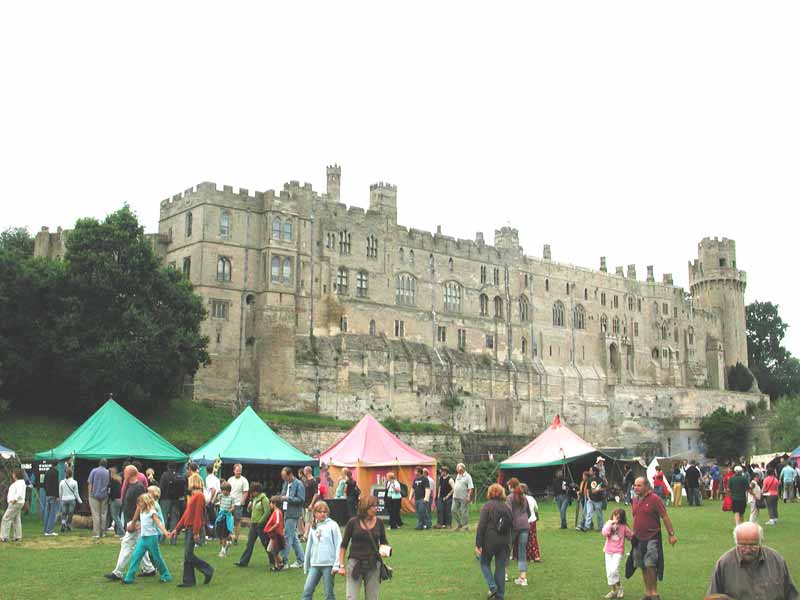
Then we went to Warwick Castle (which is in Warwick). It is all very big and impressive.

But I was impressed that they converted their water wheel (all castles are near a river) from driving a flour mill to generating electricity (and carefully ran power cables throughout the castle 100 years ago to do this). They even had a back-up gasoline engine to drive the generators if there wasn't enough water. They actually run this generator, from the water wheel (though at lower speed) to demonstrate it still works.

Then we drove to Chirk, in Wales.